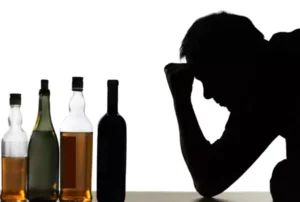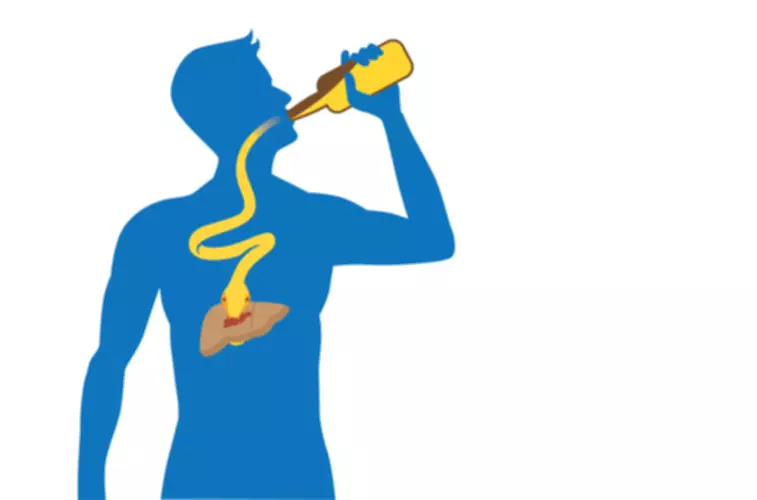
The best approach to overall well-being in recovery and a lower risk of relapse is ongoing addiction treatment that includes therapy. Encourage your loved one to continue with their treatment and aftercare plan, including attending therapy sessions. The symptoms of dry drunk syndrome can vary depending on the individual and the severity of their alcohol dependence. Common signs include low self-esteem, difficulty coping with stress and changes in the environment, difficulty building relationships, and persistent negative thoughts about themselves or others. Everyone’s journey to recovery is different, and treatment plans must be individualized to meet each person’s unique needs. Seeking professional help is always recommended to manage dry drunk syndrome symptoms and prevent relapse.
Are You Struggling With Addiction?
- Addiction Resource aims to provide only the most current, accurate information in regards to addiction and addiction treatment, which means we only reference the most credible sources available.
- AddictionResource.net, and its parent company Recovery Guide LLC, is not a provider of substance use disorder treatment services and receives compensation from Treatment X LLC in the form of paid advertising.
- Loved ones may notice the alcoholic’s behavior, but they have no ability to combat the inner workings of the alcoholic’s mind.
- You and your therapist will then begin the healing process to resolve those issues and relieve you from dry drunk syndrome.
- Often, addiction stems from an unmet need or an attempt to cope with distressing experiences.
It is impossible to discuss dry drunk syndrome without discussing mental health. If you are a dry drunk, chances are you also struggle with depression, anxiety, or some other form of mental illness. In fact, from what we know regarding the causes of dry drunk syndrome, you most likely dealt with mental illness before your addiction. Mental illness could have even been the cause of your dry drunk syndrome. There is an unfortunate connection between mental illness and addiction. Recovery from addiction isn’t just the absence of substances, but rather a way of life.

What are 12-Step Programs? Explore Their Principles and Impact?

Simple daily events may trigger disproportionate responses, such as excessive anger or sadness. Creating a gratitude list and actively engaging in recovery-related activities are vital strategies to combat this disillusionment and maintain focus dry drunk syndrome on long-term goals. This mentality is particularly dangerous as it marks the initial stage of the relapse process, often going unrecognized. One of the most destructive mental aspects of addiction is negative judgment. As described in the Big Book of Alcoholics Anonymous, this tendency is like focusing on a single dead tree in a beautiful forest. Superiority or grandiosity refers to a return to a self-centered mindset, where an individual believes the world revolves around them.

“Dry Drunk” vs. Healthy Sobriety: How to Know the Difference
- Understanding the concept of a dry drunk is crucial in the journey towards lasting recovery.
- People may start to believe that since they are no longer alcoholics, there isn’t anything else that needs to be done, but suddenly they cannot brush off negative thoughts.
- Without some ongoing guidance and support, the dry drunk will continue their same dry alcoholic behavior.
- In cases where dry drunk syndrome intertwines with other mental health disorders, a comprehensive psychiatric evaluation can pinpoint the challenges.
- Exploring therapy options and building a robust support system are key strategies in this journey.
- Substituting alcohol dependence for another addiction due to unresolved trauma.
Those who undergo professional treatment for alcohol abuse and addiction are less likely to develop the issue. If you or a loved one is struggling with dry drunk behaviors, seeking professional help and support from a healthcare provider or addiction treatment center is essential. With the right guidance, resources, and treatments, it’s possible to overcome dry drunk behaviors and achieve lasting recovery. If the symptoms of dry drunk syndrome are related to post-acute withdrawal syndrome2, this can last for weeks or months. These protracted or prolonged withdrawal symptoms are similar to mood disorders.
We Accept Most Insurance Providers
- Getting into the same scrapes and suffering the same consequences, or a cascade of increasingly serious consequences due to dry drunk syndrome is another undeniable aspect of the condition.
- Impulsivity can also be linked with grandiosity, as people may often engage in impulsive behaviors as a way of being the center of attention.
- A healthcare provider or addiction specialist can provide a proper diagnosis and develop an individualized treatment plan to manage the symptoms and prevent relapse.
- Hiding alcohol use and addiction usually requires lying, which can be a hard habit to break for those with dry drunk syndrome.
- In some individuals, dry drunk symptoms are most common in the days and weeks immediately after beginning recovery.
AddictionResource aims to present the most accurate, trustworthy, and up-to-date medical content to our readers. Our team does their best for our readers to help them stay informed about vital healthcare decisions. People should not attempt to alleviate their symptoms of PAWS by self-medicating. Always consult a medical professional first to get the right treatment advice. Signs of psychosocial dysfunction are prominent in most long-term alcohol abstinence cases, including impeded social functioning what is alcoholism and integration in society.
- Overall, living with dry drunk syndrome can be incredibly difficult for both the person in recovery and their family.
- This can often happen as part of a comprehensive treatment program for AUD.
- According to experts on effective recovery methods, this is a problem.
- We can help you learn more about intensive, holistic treatment programs that treat a person’s addiction on a physical, emotional, and behavioral level.

